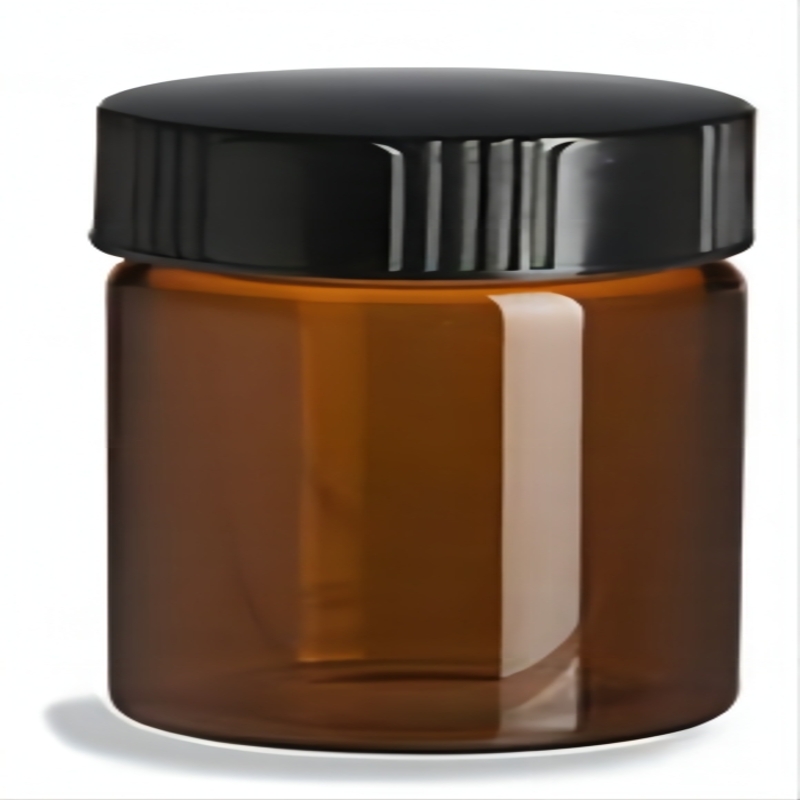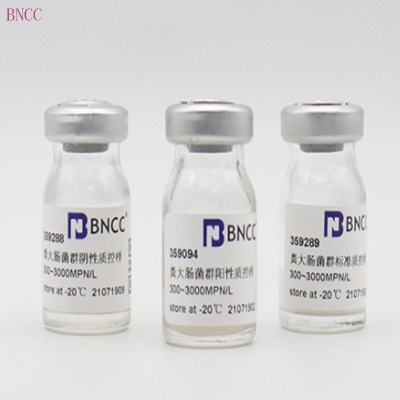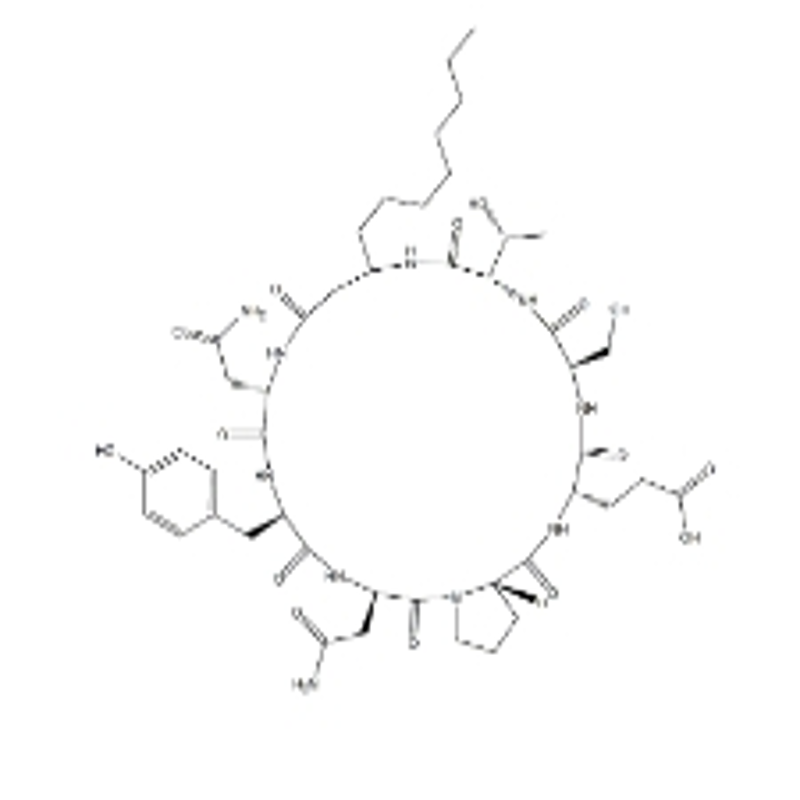What factors affect the color depth of red wine?
-
Last Update: 2020-06-20
-
Source: Internet
-
Author: User
Search more information of high quality chemicals, good prices and reliable suppliers, visit
www.echemi.com
When it comes to judging the various characteristics of wine, I believe that the wine industry has a variety of answers, such as through the country, region, grape variety and so onRegardless of other factors, the depth of wine is very intuitive for everyoneIn fact, there is a new way to judge the information of wine from the depth of the color of the wine alone, watch the color of the wine1, red wine For red wine, if you put the red wine glass in the backof the newspaper, if the paper writing can be seen, the color of the wine is relatively light; 2, white wineFor dry white wine, the lightest is almost like white water, only a slight straw color, the color is very deep like amber, gold and yellow, and even brown, the factors affecting the color depth of red wine1, the content of anthocyanins in grapesthe important factors affecting the color of red wine is the content of the grape anthocyanin itselfAnthocyanins are affected by land fertility, temperature, ultraviolet light, grape health, grape oxidation, grape moisture content and so on, but the two most important indicators are the maturity and variety of grapesgrape variety is the gene of innate, grape maturity is the acquired form(1) The variety of grapes the size of the fruit grains in the grape varieties, the thickness of the peel, the depth of color, etcare important factors affecting the amount of anthocyaninssome varieties are born with anthocyanins, small fruit grains, thick skin, dark colorGrapes with thick skin, such as Cabernet Pearl, are not difficult to get wet enough if they are long enough to produce a wine that is as dark as inksome varieties are born with less anthocyanins, large fruits, thin skins and light colors Take Pinot Noir, for example, such thin-skinned grapes, which were barely colored when they were first brewed, much like white wine, and then a long dip in the wine to slowly extract the already small anthocyanins from the grapes, which turned into a pale gem red so when you see a thick, ink-rich wine, you know it can't be pinot noir (2) grape ripeness you will see that the extremely mature Pinot Noir may be darker than the color of the immature cabal beads, and in what way it matures is also important For example, in areas with high UV intensity, grapes produce more phenolic substances and anthocyanins as a protective mechanism, so you'll see that the South Island of New Zealand, which is about the same dimension as Bordeaux, can also produce a very dark pinot noir 2 Extracted anthocyanins During the fermentation of red wine, the skin-skinned grapes and grape juice are soaked together so that the grape juice can be extracted from the skin to the desired color, tannins and flavor substances, which is known as dipping, which means that the process of dipping the wine as much as possible dipping technique and duration is also important, but after the color of the wine reaches a certain level, the amount of anthocyanin in the wine will no longer rise, but continue to soak the grape skin will return to absorb the color of the wine Moreover, the wine itself must be based on the quality of your grapes themselves to make a judgment, if the original maturity of the grape is not enough, it is relatively weak, and then hard to extract can only be the grape stoopher of the bitter side of the extract out , the ageing process will also make the color of the wine deepen three, the factors affecting the color of white wine 1, white wine phenolic compounds and trace anthocyanins: for white wine, white wine is made without skin, and the skin is almost no anthocyanins, so it is through the grape skin, meat, and the various phenolic compounds in the stalks to obtain a little color, so strictly, it should not be said that white wine is white, but white, but white, copper, the oxidation process of 2 White wine: oxidation is the most important factor in making white wine deeper This oxidation may have been done during the brewing process, or it may have been done during the ageing process because both the winemaking and the ageing process will inevitably come into contact with oxygen, such as the precipitating process before the fermentation of the wine, such as the process of microoxidation through the cork during the aged, so the winemaker will in the brewing process without compromising other quality-style factors, especially to avoid excessive oxygen intake, especially for those easy to be oxidized discoloration varieties, such as white pinino Of course, unless it's deliberately oxidizing style of wine, such as yellow wine, shirley, etc If you see a very new wine, its color is very deep, you know, it must have an oxidation style, whether intentionally or not intentionally "over the bucket" is also a factor that makes the wine darker during the winemaking process Because the barrel also can breathe, which means microoxidation If you drink chardonnay, you will find that, in general, very light yellow chardonnay is not a bucket, and the golden chardonnay is mostly over the bucket but this matter can not be generalized, if the white wine in the fermentation process has been in the oak barrels, its color will generally be lighter than those in the stainless steel barrelafter fermentation after the oak barrel, why? Because the yeast in the barrel fermentation process has been the deeper color of those pigments are absorbed, so you will find a magical phenomenon, is the wine brewing color is more and more clean, this is the yeast is a credit Source:
This article is an English version of an article which is originally in the Chinese language on echemi.com and is provided for information purposes only.
This website makes no representation or warranty of any kind, either expressed or implied, as to the accuracy, completeness ownership or reliability of
the article or any translations thereof. If you have any concerns or complaints relating to the article, please send an email, providing a detailed
description of the concern or complaint, to
service@echemi.com. A staff member will contact you within 5 working days. Once verified, infringing content
will be removed immediately.







